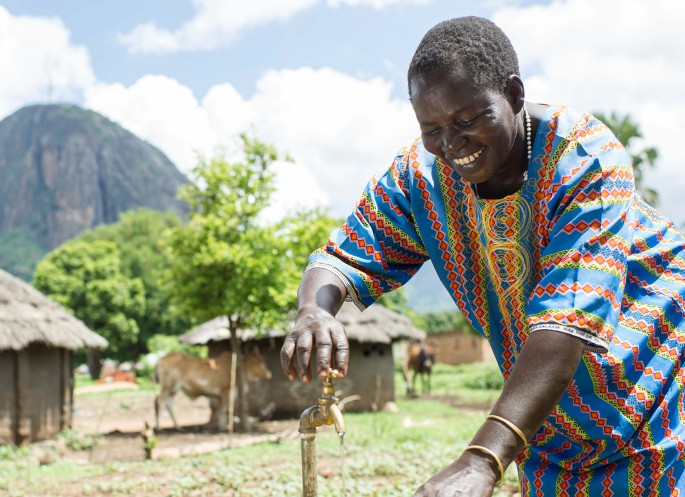How a village in Uganda is fighting the effects of climate change by planting trees
Read the story of how communities in Uganda have developed and used strategies to best mitigate the effects of climate change, with support of the WASH SDG programme.
By Irene Namusu and Emma Zieck
Akidi Grace worries about the impact of climate change. Floods and droughts have become more frequent and more severe in Uganda. And this affects the access to water in her community.
Grace is a schoolteacher that lives in Kamrono, a village in the Lira Kato Subcounty of the Agogo district, where the water crisis is a cause for deep concern. ‘’During the months of January, February, March and April last year, the shallow wells that I used to get water from for domestic use dried up. I had to walk three kilometres to the nearest borehole, and always had to wait in a long queue to access water, which is also hard to pump,’’ she tells.
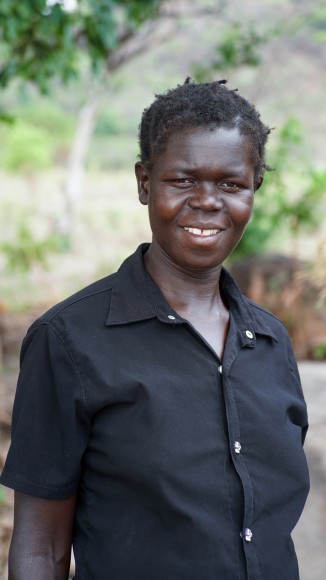
Charcoal: a burning issue
With no more than four years in existence, Kamrono is a newly re-established community. It was initially vacated as people fled to town centres, following the Northern Uganda’s insurgence that lasted over 15 years from about the mid 90’s.
Coming from an Internally Displace People (IDP) camp where they relied on handouts, people settling in Kamrono had to adapt to make a living for themselves. This has not been easy considering the area’s limited livelihood opportunities.
Those who engage in agriculture have suffered tremendous losses, due to prolonged droughts and irregular rainfall patterns. This is also the case for Akidi, who’s recent harvest failed, as her crops got scorched by the hot sun.
As farmers are increasingly challenged by the uncertainty and variability of the weather, many have resorted to charcoal production as an alternative source of income. Yet, this comes with a high environmental price. Charcoal burning is one of the main drivers of deforestation – the mass destruction of trees - in the area.
In fact, Kamrono is one of the most deforested villages in Lira Kato sub-county. The situation here is an example of how limited livelihood options can drive communities to sacrifice long term benefits of standing tries for short term economic gains.
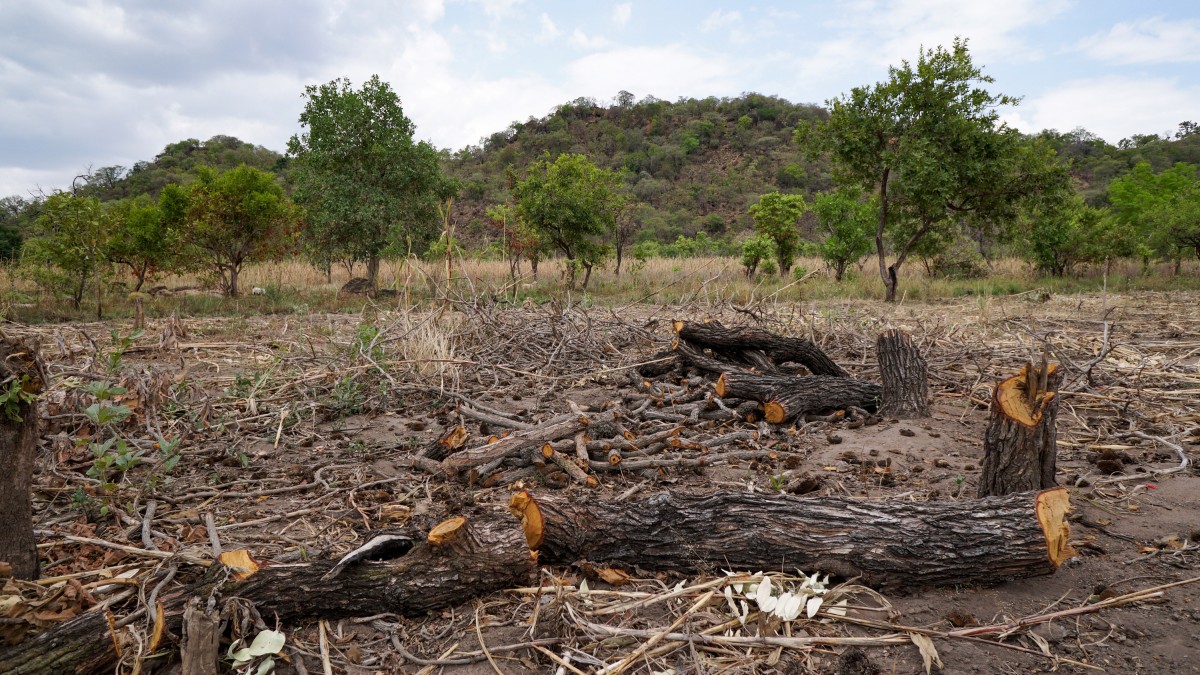
Why do we need trees?
The conservation of forests are important for a variety of reasons, not least of which is that they absorb the carbon dioxide that we exhale, but also the heat-trapping greenhouse gases that human activities emit. Fewer forests mean larger amounts of greenhouse gases entering the atmosphere, which increases the speed and severity of global warming.
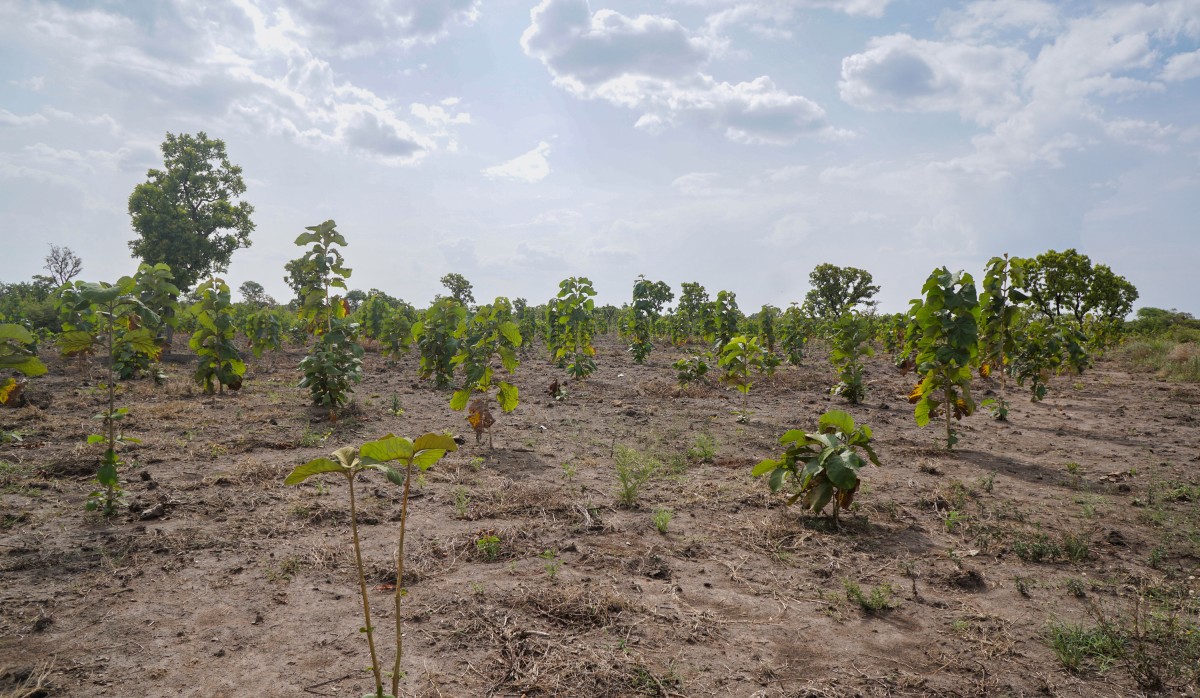
Re-greening initiatives are under way
Yet, a movement is under way to restore lost tree cover, and initiatives around re-greening Kamrono and the neighbouring villages are gaining traction. Under the WASH SDG programme, several trainings are organised around agroforestry – the growing of both trees and crops on the same piece of land.
For Grace, this training made all the difference. ‘’I have acquired knowledge and skills from the WASH SDG programme about agroforestry, and I have already planted one acre of grevilia trees to keep my garden moist, so that when I intercrop [trees] with my crops they can survive the strong sunshine.’’
Other initiatives that strengthen communities’ resilience against climate change include trainings on setting up tree nurseries and the improvement of soil and water conservation structures, to better cope with environmental changes. This has helped people in Kamrono to manage their ecosystems more effectively and improve their productive land, which provides fertile ground for a more stable livelihood.

Trainings are paying off
Abwola Nekolina, a peasant farmer in Karmono, also sees that her efforts to participate in the trainings are paying off. ‘’I now understand that bush burning, tree cutting and encroachment on wetlands have negative effects on the environment and these contribute to climate change. (…)
Moreso, we were trained about how to adapt to climate change. I learnt how to raise tree seedlings, plant, and manage agroforestry and woodlots garden. They also trained me how to manage water in my garden by digging trenches to retain water and control soil erosion.’’, she tells.
Being an elder and leader in her community, Abwola has sensitized other community members on climate change, after participating in the trainings. She has also applied her new knowledge to her own garden, by starting to plant trees.
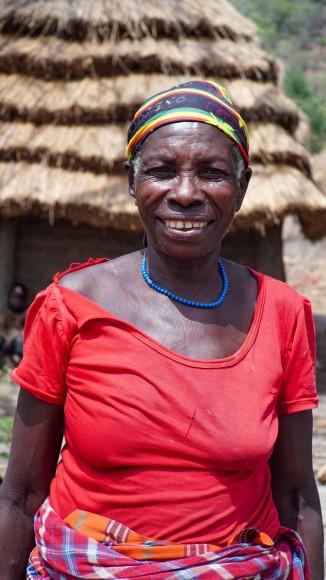
Enhancing communities’ resilience to climate change in the WASH SDG programme
WASH SDG is led by a consortium formed by the WASH Alliance International (WAI), SNV Netherlands Development Organisation and Plan International Netherlands. The programme’s main aim is to reach an improved WASH (water, sanitation and hygiene) situation for all.
WAI member Aidenvironment (under its brand RAIN), has piloted several activities that aim to contribute to building climate resilience in communities living in the Agago district in Uganda. In Kamrono, re-greening initiatives are undertaken to increase tree cover and contribute to the control of strong winds, soil erosion and improvement of the micro climate. So far, a total of 8 hectares of land has already been planted with trees.


